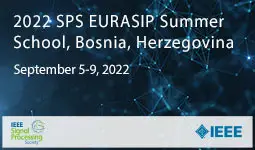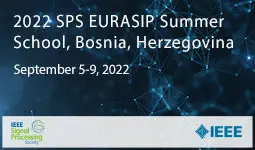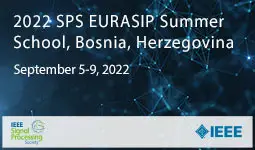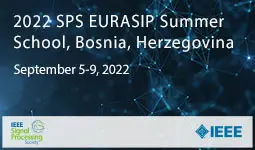-
Members: FreeSPS
IEEE Members: $11.00
Non-members: $15.00Length: 1:48:05 AM
05 Sep 2022
New generation (5G/6G) mobile networks are evolving, from classical communication infrastructures to networks supporting and enabling advanced services based on (deep) machine learning, like augmented reality, autonomous driving, Internet of Things, etc. Edge Machine Learning (EML) is a relatively recent paradigm that allows User Equipments (UEs), connected to a mobile network, to opportunistically offload their computational and learning tasks to Edge Servers (ESs) that are physically close to the Radio Access Network (RAN). The goal of EML is to efficiently manage the system resources, such as transmission power, bandwidth, and computational energy, both at the UEs and ESs, while performing learning tasks with guaranteed accuracy, and within a prescribed latency, for each specific application. This can be done by proper resource management strategies and the solution of dynamic optimization problems. In a (limited) resource optimization perspective, it is intuitive the UEs should offload to the ESs the (minimum) amount of information that is enough to complete the learning task with the desired accuracy, e.g., to meet the requirements of an user-specific application. This intuitive idea, has been recently formalized under the so-called Goal-Oriented (or task-oriented) communications. This lecture provides an introduction to goal-oriented wireless communications for edge-assisted machine learning services, and will show some practical examples, where this framework is exploited to define and dynamically solve optimal resource allocation strategies, whose objective is to flexibly trade energy consumption for learning accuracy, under guaranteed service latency.



